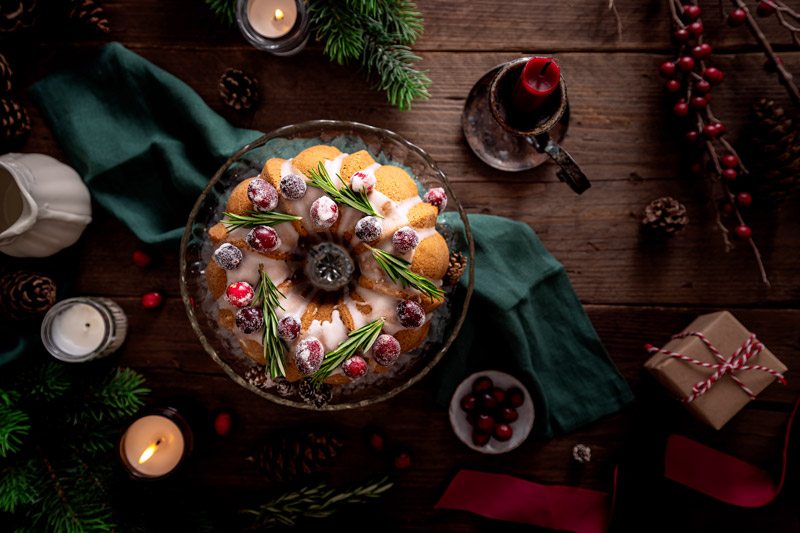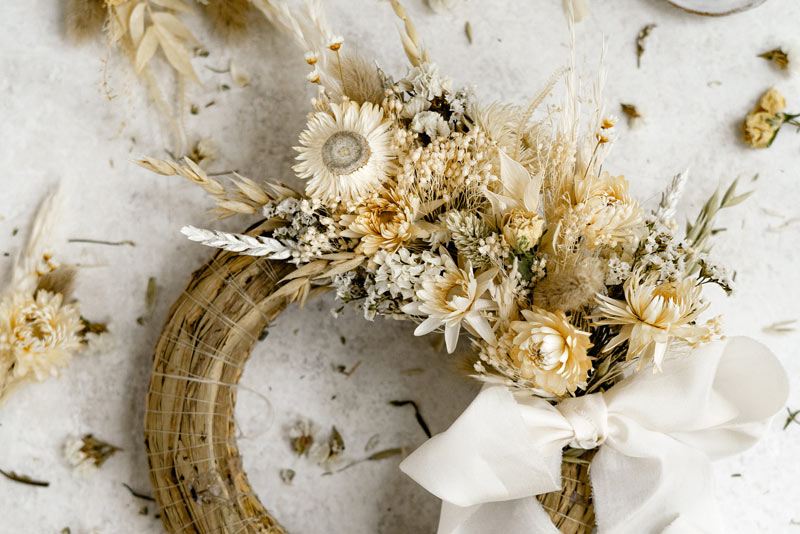I threw a picnic in our garden the other day. We were busy with all…
What is a cream tea?
A Cream Tea is quintessentially British, just like one of its components, the scone. Scones are basically a lightly sweetened baked good and are a basic component of a cream tea served with clotted cream, jam and tea. I must admit, I had absolutely no idea what a cream tea was when I was first invited to one, neither did I know what clotted cream and scones were. Since then, I am a big fan of this not diet-friendly light meal. So let’s have a look and find out what a cream tea is!
The scone
Scones are normally associated with the West Country but historically people in Cornwall used to eat “splits” which are made from sweet bun dough and looks like a brioche. Scones have Scottish and Welsh origins and their predecessor was called a griddle scone. Why cream tea is often referred to as Devonshire Cream Tea is more likely down to the origin of clotted cream. Devon is famous for its milk and dairy products and in Victorian times milk and cream were transported from the West Country to other parts of the country by train.
Originally scones were flat and round, size of a middle size plate and were made of oats. They are lightly sweetened but savoury scones also exist (cheese, sun dried tomato, olives etc). Having a good scone recipe is a treasure of every family.
Although people consumed bread and jam as early as the 11th century, afternoon tea with scones became popular in the middle of the 19th century when Anna Maria Russel, the Duchess of Bedford, was hungry between lunch and dinner, because dinner was moved from 4-5pm to 7:30pm in the 1840s. She realised that with tea, cakes (scones) and sandwiches she could survive until dinner. She shared her new habit with friends and the afternoon tea was born.

Clotted cream
Clotted cream is a thick cream made by indirectly heating full-cream cow’s milk using steam or a water bath and then leaving it in shallow pans to cool slowly. During this time, the cream content rises to the surface and forms “clots” or “clouts”. If you would like to make clotted cream at home, put unpasteurised cream into a pan and leave it in the oven for 24hrs at 80 ºC. Then remove the pan from the oven, let it cool down and put it into the fridge overnight.
Cream or jam first?
Just like with tea and milk, the question arises in case of the scones as well: what comes first. Cream or jam? In Cornwall they put the jam first then the clotted cream and in Devon vica versa. This is still being taken seriously and is of regional pride. When few years ago the National Trust advertised cream tea in Cornwall with a photo of a Devon Scone, people got upset and called it a cultural vandalism. The National Trust officially apologised for the mistake later. 🙂
Knowing the Cornish and Devon methods can also bring you a new job, or not as the case may be. In a TV program the owners of Powderham Castle in Devon included the question about the Cornish and Devon scones in their selection process when hiring staff. (Blimey…)

Who else could make justice than the Queen?
According to Darren McGrady who worked for the royal family as a chef between 1982 and 1993 said The Queen always has her scone with jam first then cream. Apparently, the Cornish method was applied in London while the Devon one in the countryside. (As far as I am concerned, I prefer the Devon way of having scones.)
What sort of jam to use?
Mainly strawberry, raspberry, blackberry but some people have their scones with marmalade.
Tea or coffee?
Tea is lighter, so tea is a better option as the coffee might overpower the scones. Of course it is down to personal preference.
Because of the debates about its origin, pronunciation and dispute about the cream and jam, scones are probably the most controversial bake of all times. 🙂
~
If you fancy to try making scones at home, I suggest the below recipe which I tried and it worked well. It is simple and easy to make and are delicious with home made jam. You can also make clotted cream at home as described above. If you cannot get hold of clotted cream or unpasteurised cream to make your own, you can substitute the cream with butter.
INGREDIENTS
225g self-raising flour
32g butter
1 teaspoon baking powder
25g caster sugar
1 egg
115ml milk
raisins (optional)
pinch of salt
Beat the egg and milk until blended and put aside 2 tablespoons of the mixture in a cup for glazing the scones.
Mix the flour, salt and baking powder then rub the butter into the flour using your fingertips until the mixture resembles fine breadcrumbs. Stir in the sugar.
Gradually add the egg/milk mixture until you have a soft dough. The secret of a good scone is to have the mixture on the wet side, sticking to your fingers.
Put the dough onto a lightly floured surface and roll it to a thickness of 1-2 cm.
Use a fluted cutter to stamp out the dough. Gently push the remaining dough together, knead very lightly then re-roll and cut more scones out as before.
Place the scones on a baking tray and brush the tops with the reserved beaten egg/milk mixture to glaze. Bake for 10-15 minutes or until the scones are well risen and golden.
Enjoy!




Comments (0)